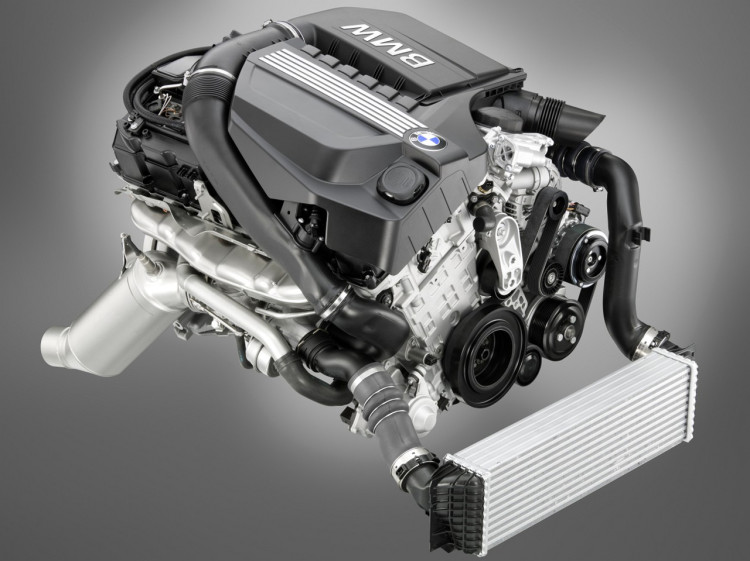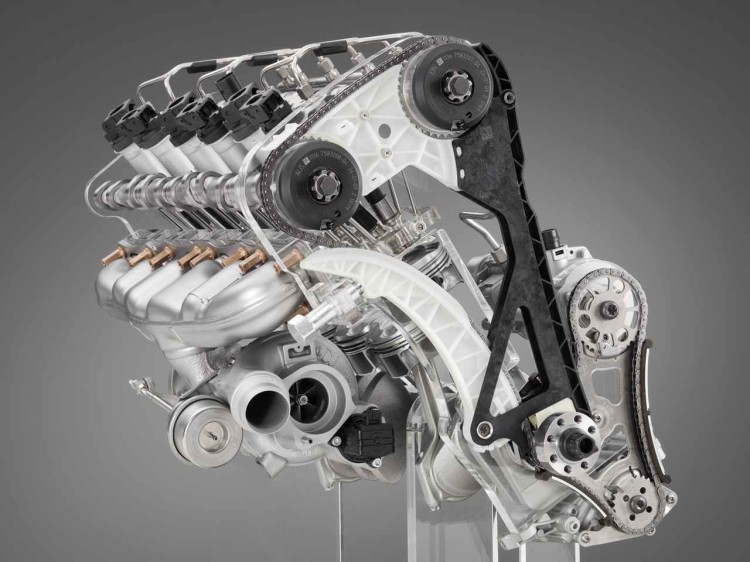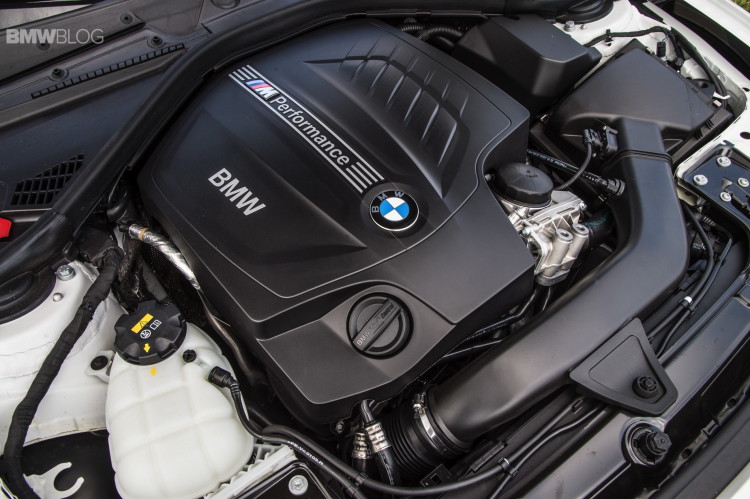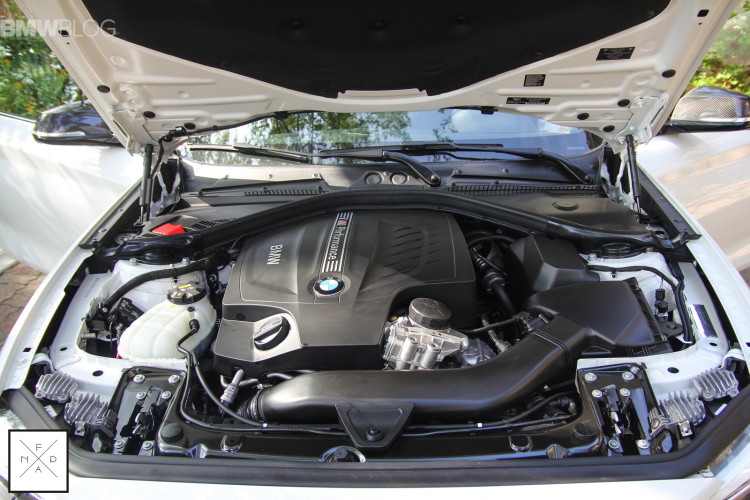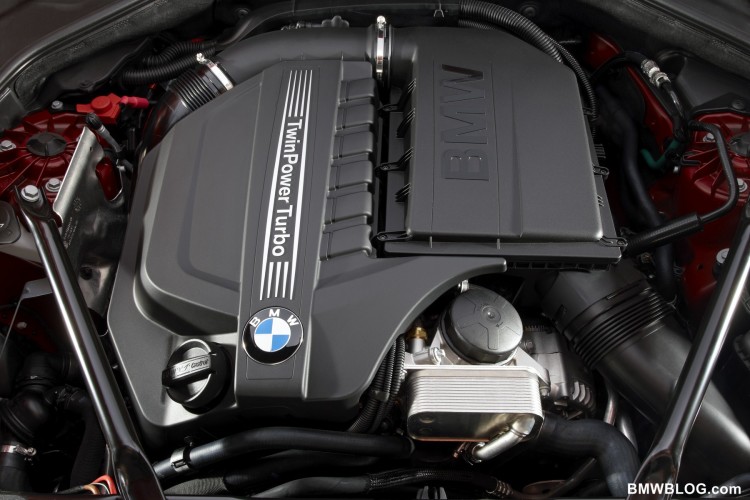If you are looking for a powerful and smooth engine for your BMW, you might have heard of the N55 engine. This engine was introduced in 2009 as a replacement for the N54 engine, which had some issues with reliability and fuel efficiency. The N55 engine is a 3.0-liter inline-six turbocharged engine that produces from 300 horsepower to 445 horsepower in ALPINA models. It is used in various models of BMW, such as the 1 Series, 3 Series, 4 Series, 5 Series, X3, X4, X5, X6 and Z4.
But how good is the N55 engine really? What are its pros and cons? And how reliable is it in the long run? In this article, we will answer these questions and give you some tips on how to maintain your N55 engine.
Pros of the N55 Engine
The N55 engine has many advantages over its predecessor, the N54 engine. Here are some of them:
- It has a single twin-scroll turbocharger instead of two single-scroll turbochargers. This reduces the turbo lag and improves the throttle response and low-end torque.
- It has a direct injection system that injects fuel directly into the combustion chamber. This improves the fuel efficiency and reduces the emissions.
- It has a variable valve timing system called Valvetronic that adjusts the intake valve lift and duration. This optimizes the airflow and performance of the engine.
- It has a variable camshaft timing system called VANOS that adjusts the timing of the intake and exhaust camshafts. This enhances the power delivery and fuel economy of the engine.
- It has an electric water pump that regulates the coolant flow according to the engine temperature and load. This reduces the parasitic drag on the engine and saves fuel.
- It has an oil filter housing that integrates the oil cooler. This simplifies the oil change process and reduces the risk of oil leaks.
Cons of the N55 Engine
The N55 engine is not perfect, however. It also has some drawbacks that you should be aware of. Here are some of them, according to feedback gathered online:
- It is prone to carbon buildup on the intake valves due to the direct injection system. This can cause rough idle, misfires, loss of power and reduced fuel economy. The carbon buildup can be cleaned by using a walnut blasting service or by using a catch can to prevent oil vapors from entering the intake manifold.
- It is susceptible to oil leaks from various gaskets and seals, such as the valve cover gasket, oil filter housing gasket, oil pan gasket and rear main seal. These leaks can cause oil consumption, smoke from the exhaust and damage to other components. The leaks can be fixed by replacing the faulty gaskets and seals with new ones.
- It is vulnerable to overheating due to the electric water pump failure. The electric water pump can fail without warning, causing the engine to overheat and go into limp mode. The water pump failure can be prevented by replacing it every 60,000 miles or by monitoring its performance using a scan tool.
- It is sensitive to spark plug and ignition coil wear. The spark plugs and ignition coils are responsible for igniting the air-fuel mixture in the cylinders. If they are worn or faulty, they can cause misfires, poor performance and check engine light. The spark plugs and ignition coils should be replaced every 40,000 miles or sooner if needed.
Reliability of the N55 Engine
The N55 engine is generally considered to be a reliable engine that can last for many miles if properly maintained. In many cases, we would say it’s more reliable than the N54. However, like any other engine, it can develop some problems over time that can affect its performance and longevity. Some of these problems are common to all turbocharged engines, such as carbon buildup, oil leaks and overheating. Others are specific to the N55 engine, such as water pump failure, spark plug and ignition coil wear and high-pressure fuel pump issues.
The high-pressure fuel pump (HPFP) is a component that delivers fuel at high pressure to the direct injection system. The HPFP can fail due to various reasons, such as low-quality fuel, contamination or wear. The HPFP failure can cause long cranking time, rough running, reduced power and check engine light. The HPFP failure can be diagnosed by using a scan tool or by measuring the fuel pressure at the rail. The HPFP can be replaced with a new one or with an upgraded one that offers better performance and durability.
We’ve had our own issues with the HPFP, but in a BMW 1M with the N54 engine. It actually failed at the 20,000 miles mark along with the turbochargers. Both were replaced under warranty by BMW and no issues since.
Regular Maintenance
The N55 engine also requires regular maintenance to keep it in good shape and prevent major problems from occurring. Some of the maintenance items that you should perform on your N55 engine are:
- The N55 engine is susceptible to carbon buildup on the intake valves. This can cause performance issues and reduce fuel economy. Walnut blasting is a process that removes the carbon buildup from the intake valves. This is usually recommended around 60,000 miles.
- Change the engine oil and filter every 10,000 miles or once a year, whichever comes first. Use synthetic oil that meets BMW specifications (LL-01) and a quality oil filter.
- Change the air filter every 30,000 miles or as needed. Use a quality air filter that fits your engine and provides adequate airflow.
- The coolant should be flushed and replaced every 4 years or 50,000 miles. This helps to prevent the coolant from becoming acidic and corroding the engine components.
- Change the transmission fluid and filter every 60,000 miles or as needed. Use BMW-approved transmission fluid that meets the specifications and a quality transmission filter.
- The spark plugs should be replaced every 30,000 to 40,000 miles. Worn-out spark plugs can cause misfires and reduce engine performance.
- Change the ignition coils every 40,000 miles or as needed. Use BMW-recommended ignition coils that fit your engine and provide adequate spark.
- The belts and hoses should be inspected regularly for cracks or wear. Worn-out belts and hoses can lead to engine problems, so it is important to replace them before they fail.
- Replace the serpentine belt every 60,000 miles or as needed.
- Replace the tensioner and idler pulleys every 60,000 miles or as needed.
Should I Still Get A BMW With The N55 Engine?
The N55 engine is a great engine that offers a lot of power, smoothness and efficiency for your BMW. However, it also has some drawbacks that you should be aware of and take care of. By following the maintenance schedule and addressing any issues promptly, you can enjoy your N55 engine for a long time and avoid costly repairs in the future. It is in the end an engine that was used by BMW and ALPINA from 2009 until 2018, and powered a variety of different cars.
Here are the specifications of the BMW N55 engine:
General Specs and Features
- Engine type: Inline-6
- Displacement: 2,979 cc (181.8 cu in)
- Bore: 84 mm (3.31 in)
- Stroke: 89.6 mm (3.53 in)
- Compression ratio: 10.2:1
- Redline: 7,000 rpm
- Fuel system: Direct injection
- Turbocharger: Single TwinScroll turbocharger
- Intercooler: Air-to-air
Power and Torque
- N55B30M0: 225 kW (302 hp) at 5,800 rpm, 400 Nm (295 lb-ft) at 1,200–5,000 rpm
- N55B30: 235 kW (315 hp) at 5,800 rpm, 450 Nm (332 lb-ft) at 1,300–4,500 rpm
- N55B30O0: 240 kW (322 hp) at 5,800 rpm, 450 Nm (332 lb-ft) at 1,300–4,500 rpm
- N55HP: 250 kW (335 hp) at 5,800 rpm, 450 Nm (332 lb-ft) at 1,500–4,500 rpm
- N55B30T0: 265 kW (355 bhp) at 5,255–6,000 rpm, 465 Nm (343 lb-ft) at 1,350–5,250 rpm
- N55B30T0: 272 kW (365 bhp) at 6,500 rpm, 500 Nm (369 lb-ft) at 1,450–4750 rpm
- ALPINA: 301 kW (404 bhp) at 5,500–6,250 rpm, 600 Nm (443 lb-ft) at 3,000–4,000 rpm
- ALPINA: 324 kW (434 bhp) at 5,500–6250 rpm, 660 Nm (487 lb-ft) at 3,000–4,000 rpm
- ALPINA: 332 kW (445 bhp) at 5,500–6,250 rpm, 680 Nm (502 lb-ft) at 3,000–4,500 rpm
Dimensions
- Length: 660 mm (26.0 in)
- Width: 730 mm (28.7 in)
- Height: 650 mm (25.6 in)
- Weight: 183 kg (403 lb)

